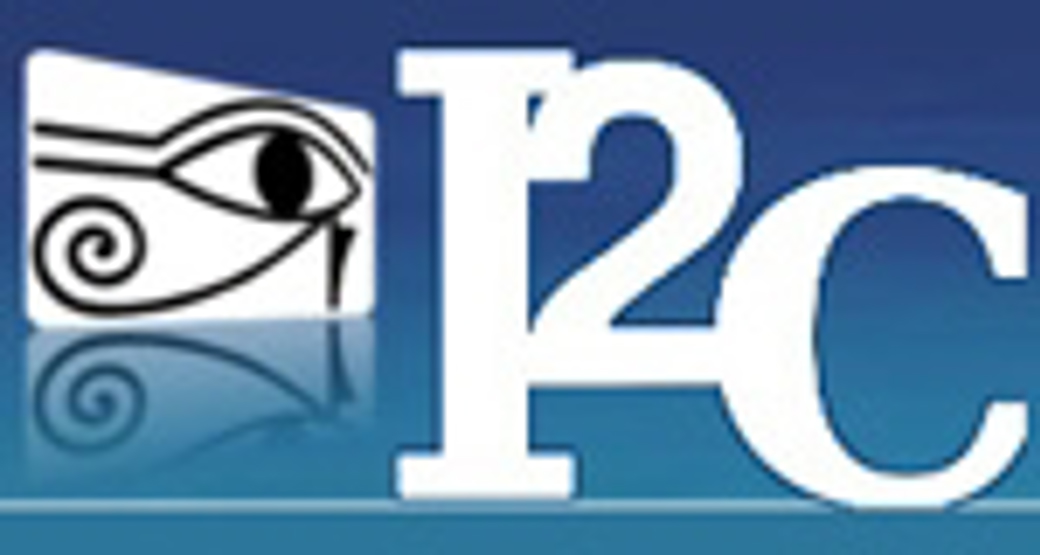 As part of an effort to improve maritime surveillance for
European Union member states, Kongsberg Norcontrol IT (KNC) is an active
partner in I2C (eye-to-sea), a project funded by the European Commission. Led by DCNS and supported by 20 European
partners, the I2C project aims to determine the feasibility of deploying a
regional maritime surveillance and offender detection system. KNC is responsible for the front end of the
system, the user interface.
As part of an effort to improve maritime surveillance for
European Union member states, Kongsberg Norcontrol IT (KNC) is an active
partner in I2C (eye-to-sea), a project funded by the European Commission. Led by DCNS and supported by 20 European
partners, the I2C project aims to determine the feasibility of deploying a
regional maritime surveillance and offender detection system. KNC is responsible for the front end of the
system, the user interface.
The I2C European research & technology demonstration (RTD) project will last four years. The demonstration system, set up by DCNS and its partners on the SESDA coastal platform at Saint Mandrier and at two French operations centres for the Mediterranean, will be used to study, develop and deploy this highly operational surveillance system.
The vast amount of data available in a maritime surveillance system is currently under-utilized. Coast Guards and traffic controllers require a simple means to be alerted to abnormal vessel behaviour. The purpose of the I2C demonstration system is, therefore, to detect, in real-time, abnormal vessel behavior over a wide domain and under all weather conditions, for both cooperating and non-cooperating vessels. When abnormal behavior is detected, such as atypical high or low speeds, standing still on the high seas, ships alongside each other and sudden changes of heading, the system will alert operators, who can then take action.
“We are very excited to be responsible for the front end of this important research,” says Siddi Wouters, Chief Technology Officer at Kongsberg Norcontrol IT. “Anomaly detection is part of the leading edge of maritime surveillance technology development, and we expect to gain valuable tools from the I2C project that will, in turn, benefit the coastal authorities who use our systems.”
